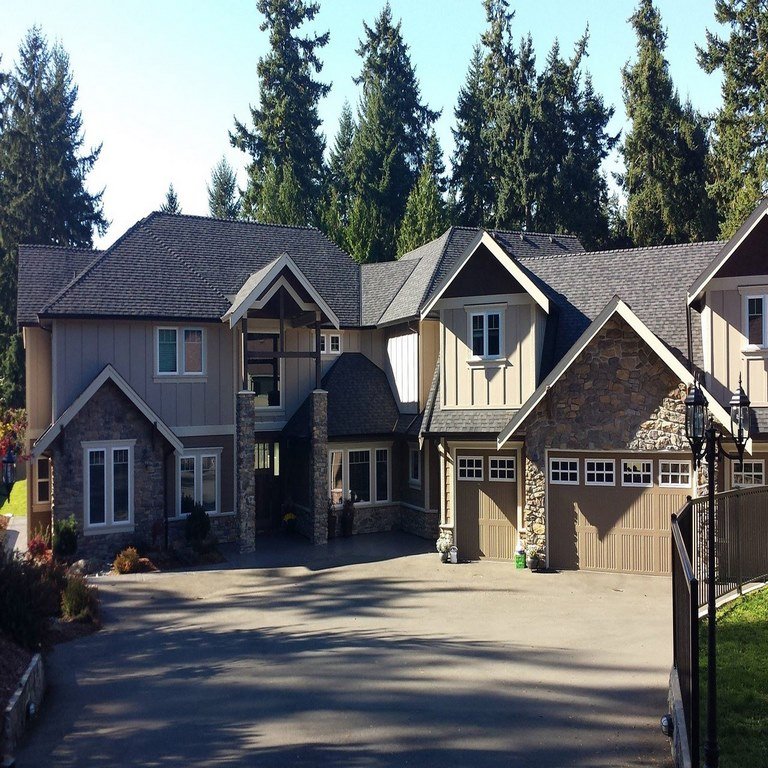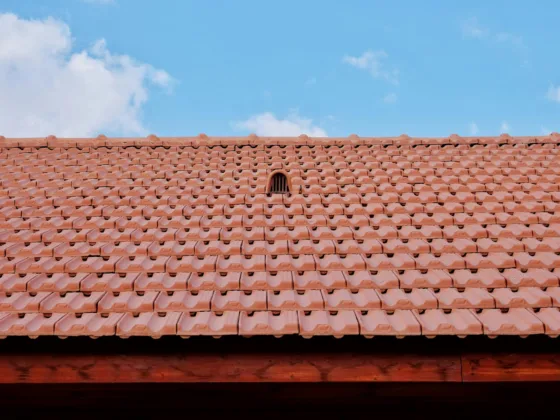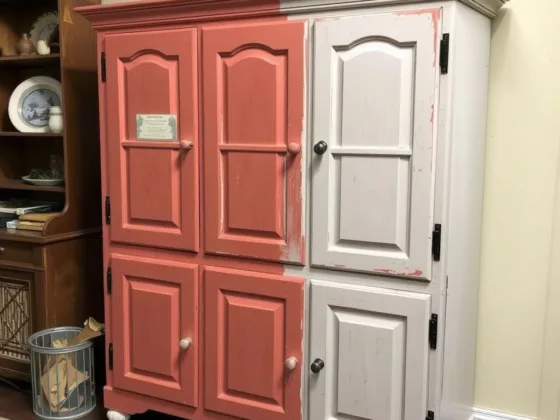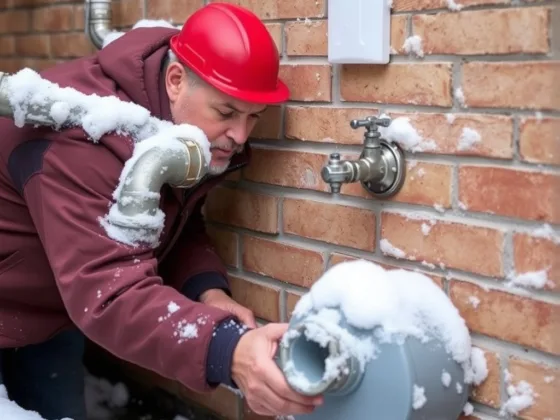Table of Contents Show
The roof is one part of the home that many people overlook; some assume that the roof will last forever out of sight, out of mind often applies while others have a ground inspection when they can remember.
The fact is, your roof is a complex structure that is designed to withstand the harsh US climate and, in this article, we describe the various components of a residential roof and offer a few roofs maintenance tips.

Ridge
At the very apex of the triangle, the ridge runs along the very top of the roof and is critical for the integrity of the structure.
This component consists of planks of wood that are bolted together after the roof trusses are fixed, to form a solid line.
Rafters
Timber lengths provide essential support for the roof underlay and the roof tiles, while the timber should be treated.
In the event of a leak, these supports can be compromised, depending on the volume of water that penetrates the outer skin.
Roof Truss
A huge triangular section that sits squarely on the building at specified intervals, with perhaps 10-12 for an average house.
These are secured with rawl-bolts and when all connected, this creates a solid framework for the roof underlay and tiles.
The trusses are fabricated off-site and put into place using a crane; there are roof designs that do not use trusses and with the best roofing company in Reno at your service, whenever you have any roofing issues, or are looking at a new build, they are the people to contact.
Read Also:
Roof Deck (underlay)
Typically plywood, this is the first cover layer, on which the roof tile battens are fixed, with some insulation added at this stage.
In the event of a leak, this is the first line of defense and if it gets wet, you will have to repair it. Once the sheets are fixed, the next stage would be to lay felt and fix the tile battens.
Shingles
Known as roof tiles in some parts of the world, they could be made from clay, slate, or asphalt; of course, a lot depends on your climate as to the type of roof covering you should use.
Talk to a local roofing contractor if you are designing a new build and they can also handle any repairs, which is a one-stop roof solution.
Flashing
Made from copper, stainless steel, or lead, this malleable material covers areas, where different materials meet; flashing, can really make your home look different, yet it does have a critical role in preventing water from entering the roof.
A skilled roofer can shape the flashing with a hammer to perfectly fit the layout; silicone is often used around the edges of flashing, as an extra waterproof layer.
The roof has to expand and contract in extreme heat and cold, so roofing materials are designed to stretch.
Guttering
Every roof needs guttering, which provides an escape route for rainwater; typically made from PVC, guttering is fixed at intervals and flows into the downpipes that take the water away.
If a section were to come loose, this could send water running down the outer walls; any repairs need to be promptly carried out, while the guttering should be cleaned out periodically.
Fascia
This is a board you see along the bottom of the roofline, typically made from timber although many homeowners prefer PVC sections, as this material is maintenance-free. A coat of paint every couple of years should keep the fascia looking good.
Soffit
This covers the underside of the roof and is butted up to the fascia; birds like to build their nest inside this protected area; some wire netting will prevent birds nesting, while wasps, bees, and hornets seem to like the eaves for some reason.
Contrary to popular belief, the soffit is not purely decorative and without it, you would have an animal occupation of some kind.
Roof Maintenance
Ignore roof maintenance at your peril; most US homeowners have their local roofing company carry out an annual inspection, which would include the following:
- Roof tile inspection (replacing missing or broken tiles)
- Structure integrity check – Internal & external
- Cleaning out and inspection of guttering & downpipes
- Fascia & soffit inspection
- Flashing check
There would be an optional service, to power wash the roof and apply a silicone sealant to prolong the life of the roof. This is recommended for longevity and the sealant can move with the structure, ensuring a watertight covering.
Next time you have your roof inspected, inquire about roof sealant and power cleaning, and for the little it costs, this is a very wise investment. Click here for tips on roof repair.
It Never Gets Better
The sad fact is, any roofing issue is going to get worse over time, and with an annual roof inspection, you will be made aware of any potential issues and can therefore avoid costly roof repairs.
A $50 fix today avoids a $700 bill in a few months’ time and with regular inspections, any roofing issues will be fixed before causing any damage.
When you have your roof inspected, the contractor issues you a detailed written report on the status of your roof.
Older Properties
A timber roof might last 30 years, or longer with tile replacement, but sooner or later, you will need to replace the roof; don’t ignore composite materials; there are solar panels that look like clay roof shingles, and what better way to get your power! If your roof has seen better days, call in 3 different contractors and you will be sure to choose the best solution; there are often several ways to repair a roof and if the professionals recommend roof restoration, it might be the cheapest solution, rather than a completely new roof.
Carrying out repairs on the home is part of protecting your investment and with a local roofing contractor in Reno, your roof maintenance is covered.









